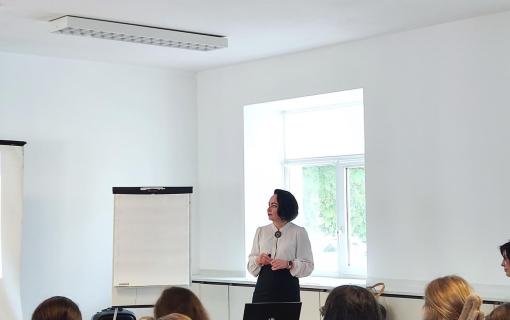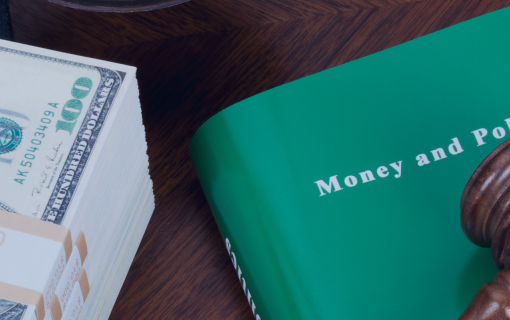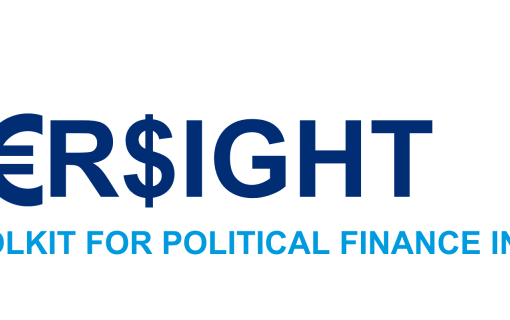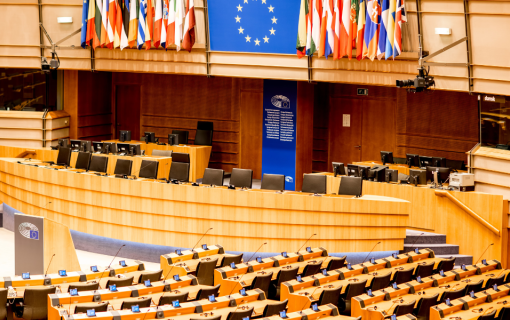Annex to Final Project Report, Republic of Tajikistan, October 1, 1997 - September 30, 2002: Analysis of Political Party Legislation in Tajikistan (2000)
Background
The recent parliamentary election on 27 February and 23 March 2000 was the first multiparty election in the history of Tajikistan and thus an important benchmark in its democratic development. Tajikistan has a well-developed multi-party system; there were six political parties as well as independent candidates participating in the elections to the Tajik parliament (Majlisi Oli). The Peoples Democratic Party (PDP), which serves as "Presidential Party" for President Rakhmonov, won the election by a large majority and carried the majority of votes in the single-mandate constituencies as well as in the single republican (party list) constituency. Two other parties passed the 5% threshold for political parties in the single-republican constituency and are represented in the Assembly on grounds of the party list: the Islamic Revival Party (IRP), which was one of the founding organizations of the United Tajik Opposition (UTO), and the Communist Party (CPT).
The landscape of political parties in Tajikistan is the result of the competition of different regional, political, religious and ideological factors. Following the Inter-Tajik Talks, the 1997 General Agreement and the adoption of a new Law on Political Parties by the Majlisi Oli in November 1998, (at least) eleven political parties were formed in Tajikistan. However, prior to the parliamentary elections, activities of political parties were severely restricted and in six cases, parties were banned from participation in the elections:
• The activities of the Party of Political and Economical Revival were suspended in April 1999.
• Jumbish (Junbish?) - National Movement of Tajikistan was denied registration in April 1999.
• Civil Patriotic Party of Tajikistan Unity was banned in April 1999.
• Agrarian Party was banned in September 1999 due to continued political activities after its suspension in April 1999.
• The registration of the Party of Justice and Progress was cancelled in September 1999.
• Democratic Party / Tehran Platform was deregistered in November 1999 due to a name similar to another party's.
More recently, on December 26th , 2000 Tajikistan's Supreme Court suspended for 6 months the activities of the Adolatkhoh ("Justice") Party, which had participated in the parliamentary elections on the "New Opposition"-platform. Adolatkhoh's chairman Karimov claimed that this suspension was nothing but retaliation by Tajik leadership for the party's opposition to President Rakhmonov in the 1999 presidential and 2000 parliamentary elections. At present, other political parties feel threatened by the same sort, while deregistered or banned parties struggle to meet the requirements for renewed registration.
These measures were based on claims that opposition parties had violated the Tajik Law on Political Parties. In the cases of the Agrarian Party and the Party of Economic and Political Revival the claim was a fabrication of membership lists, the National Unity Party was banned in the wake of an attempted military rebellion in Leninabad oblast, and the National Movement was reportedly denied registration on the grounds of "insufficient time to study all necessary documentation". The suspension of the Adolatkhoh party was primarily based on the allegation that the party had failed to establish primary organizations in each of the country's oblasts.
The formation as well as the banning of political parties in Tajikistan is governed by the mentioned Law on Political Parties (PPL), and to a certain extent by other legal instruments (for example the Constitution, the Law on Public Associations). This review 2 will try to analyze in which way this legal framework could be used by the government in order to suppress the participation of opposition parties in general elections or in the political life. It is limited to the restrictions that the PPL imposes on the activity of political parties and the possibilities for misuse against political opponents; other relevant legislation is not individually discussed in the following.









